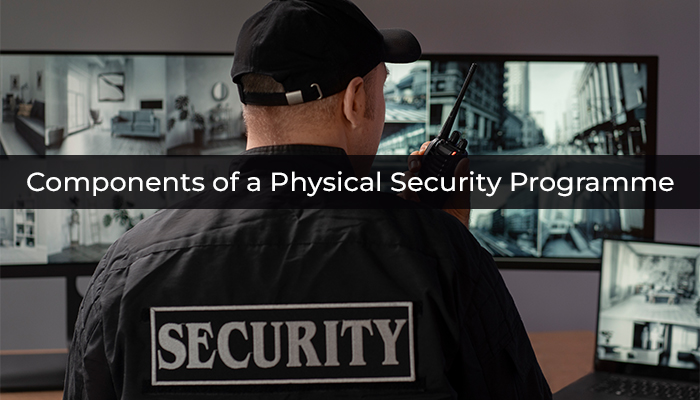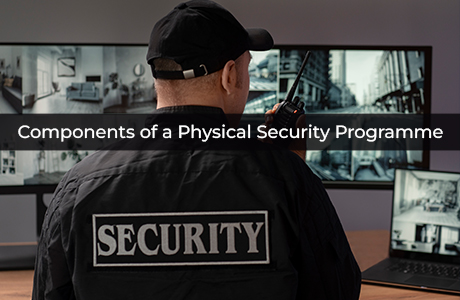
Components of a Resilient Security Program
Despite what feels like an increasing rate of change, physical security’s core principles remain the same. You can always assemble good security programs by addressing four core needs:
- Access control
- Surveillance
- Deterrence
- Response
Access Control
Most organizations have one or more physical facilities that it needs to protect. You will always need some form of access control to manage people’s flow into, out of, and through those facilities. Manual access control with security guards is time-consuming and usually not cost-effective in the long term. Many organizations consider various technological solutions for access control, including:
Electronic access control systems
Here, a central database stores employee and other user access privileges. When a user authenticates themselves at an access point, the system reads the database to verify they are allowed in.
Different credential types will exist going forward. They will include traditional types, such as magstripe swipe cards and prox cards. They will also include newer, more secure options such as RFID fobs, and some of the methods mentioned above, including biometrics and smartphone apps.
Key management
Keys will be a part of physical security programs for years to come. They remain a cost-effective access control method for organizations of every size.
However, organizations heavily invested in key security will need to find new, more efficient ways to manage their physical keys, such as with an electronic key control system. Manually administering keys is time-consuming and expensive. Automated key management systems can handle much of that tedious work so that you can reallocate staff to more productive activities.
Surveillance
As with access control, regardless of the technology available, every organization will need to gather information about their security environment. Security teams will always need to know:
- The location and identity of potential and active threats
- The location and identity of critical assets, including their security personnel
Deterrence
Security programs will always need to include deterrents that stop threats from arising in the first place. In an era of ever-increasingly technological convergence, traditional physical deterrents remain very useful.
Security teams can use lightning and physical barriers to discourage potential attackers. They can also work with physical plant teams to improve their facilities’ environmental design. Security-based environmental design looks to improve outdoor sightlines, so criminals have fewer chances to operate unnoticed.
Response
Finally, security programs always will need to include methods for responding to incidents when they occur. For example, every organization should have an emergency response plan that details how to protect critical business assets and people.
Going forward, companies may want to consider how they can most effectively evacuate personnel from large, complex environments. Automated emergency mustering systems can handle personnel tracking during evacuations, verifying that individuals are safe so that emergency managers can coordinate with emergency services.

